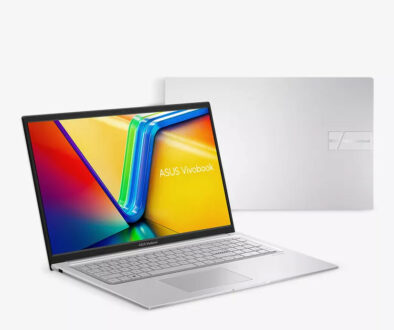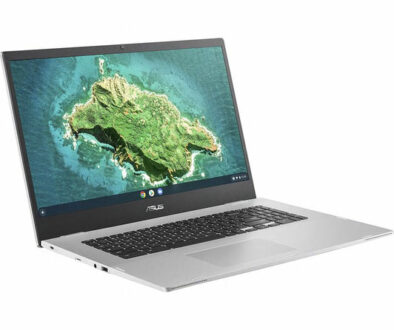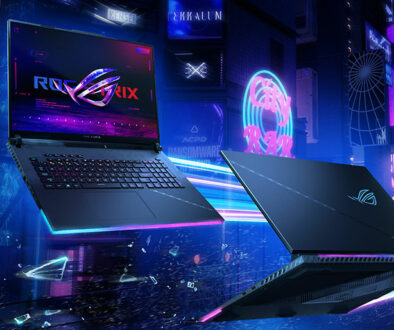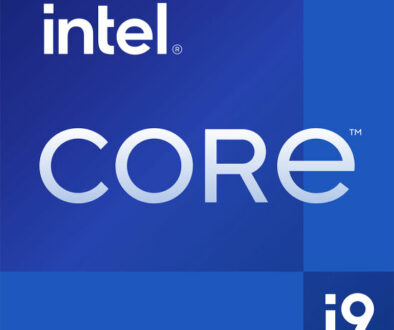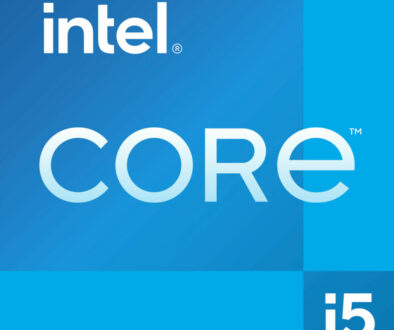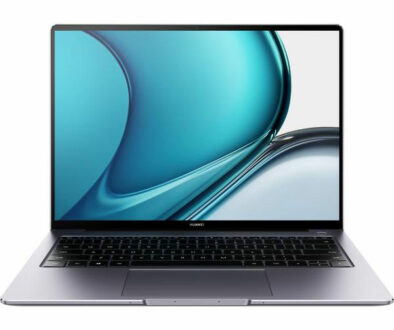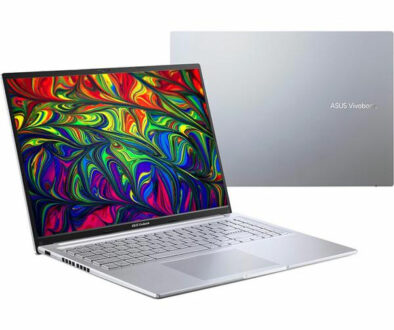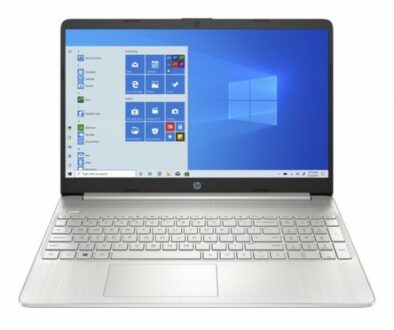8 Reasons to be Excited for Raptor Lake (Intel 13th Gen)
No doubt, Intel’s 12th Gen Alder Lake has been an amazing turnaround by the company. Not just in terms of raw performance, but in terms of architectural design and applied technologies as well. As such, it is but natural to expect even greater things for the next “tock” generation, 13th Gen Raptor Lake.
Because after all, if Alder Lake was just the first step, or Intel’s “Zen” moment, then Raptor Lake would effectively jump right past Zen+, and most likely be considered as the “Zen 2” phase of Team Blue.
Exciting Things About Intel 13th Gen Overview
- Maturity of Alder Lake’s architecture and process node
- So much more E-cores, much better task scheduling
- The Core i5 13400(F)
- New 700 series motherboards could drive 600 series prices down
- Complete compatibility with Alder Lake (unlike Comet/Rocket Lake)
- Better I/O with higher DDR5 frequency support
- That being said, DDR4 stays
- Possible default PCIe 5.0 support for B760 motherboards?
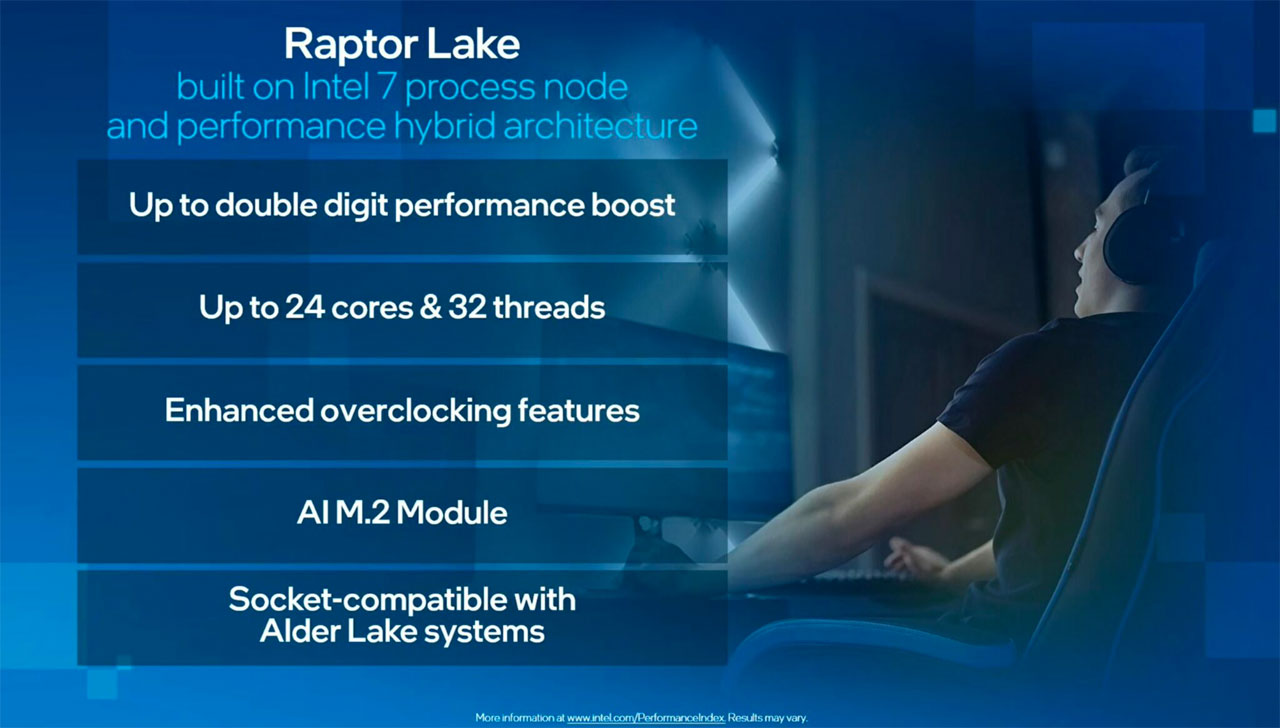
1. (Further) Maturation of Alder Lake’s architecture and process node
Alder Lake is Intel’s very first CPU architecture whose desktop SKUs finally transcended the eternal 14nm+++ purgatory, diving headfirst into the Intel 7 lithography update. To be fair, Rocket Lake’s Cypress Cove architecture was originally intended to match mobile Tiger Lake’s 10nm SuperFin process node, but was back ported to 14nm in order to fit the LGA 1200 socket.
Case in point, if this is just the first foray into a brand new and much more advanced microarchitecture, then it is safe to assume that Intel has a lot more in store for the next step above Alder Lake. Of course, this would mostly be tangible for us consumers in the form of standard IPC (instructions per cycle) improvements, of which Raptor Lake is rumored to be better than Alder Lake by an average of 10% in single-core performance, and more than 30% in multi-core.
Do take note that it is more than just having better clocks, or having a more efficient die design. Technologies introduced by Alder Lake, such as the signature Golden Cove P-cores, are to be slightly better optimized as well (even dubbed as “Raptor Cove” cores, as they are sufficiently distinct enough from those found in Alder Lake).
2. So much more E-cores, (hopefully) much better task scheduling
Along with better mastery of Alder Lake’s new features and design, comes the further optimization of its E-core-related technologies. No, the cores themselves are still Skylake by design, but Intel is confident enough in the efficiency it offers for Raptor Lake that even more of them will be incorporated in separate SKUs, with the native availability of E-cores trickling down further the product line.
Part of this wider implementation of its signature technology is the looming threat of Apple’s innovative multi-chip designs. But apart from the competition, Intel is offering far more E-cores for Raptor Lake than Alder Lake because the task scheduler on Raptor Lake is designed to work natively better. At least, that’s how Team Blue currently markets Raptor Lake, with its somewhat recent demonstration of such a feature in a brief sneak peek segment during Intel Investor Day 2022.
Again, this reflects the confidence rumor leaks have with the aforementioned 30%+ multi-core performance enhancement. Should this mean that the ultimate three-way multi-tasking arms race is about to spark once Raptor Lake launches? We’ll have to wait and see.
3. The Core i5-13400(F)
More than any of the higher-end or entry-level SKU that Raptor Lake will unleash within its product line, the Core i5-13400(F) stands as the most interesting of all of them. Remember how people basically started treating the Core i5-12600K as a “pseudo Core i7”, because it is essentially a 10-core 16-thread CPU? With the performance that can even go toe-to-toe with the Core i7-12700K on certain specific applications?
Now, imagine all of that relative performance pushed further down the price tier line, from the premium segment, all the way down to the mid-tier, $200-level line. That’s the rumoured Core i5-13400(F). If all the preliminary info proves to be correct, this particular CPU is set to be the very first desktop (not mobile) Intel CPU that would utilize the signature P-core/E-core technology (six P-cores, four E-cores) without having to be bogged down by the premium price tag of a K-series SKU. With the expected overall performance improvements of Raptor Lake over Alder Lake, we are looking at another “pseudo Core i7” processor that is more than 50% cheaper, all the while carrying the (theoretical) multi-tasking goodness hyped up by Intel over the last few months.
4. New 700 series motherboards could drive the price of 600 series down
If there would be one really major weak point to the otherwise relatively successful release of Alder Lake, it is that motherboard costs have become significantly higher. Especially at the mid-tier level, the cost advantages are considerably offset by motherboards that are 30-50% more expensive than their 500 series counterparts.
With 700 series motherboards coming along with their matching tier Raptor Lake CPUs, we can expect the previous generation to be somewhat lower down in price. At least, the reduced costs should be enough that the viability of entry-level Alder Lake becomes downright unquestionable. One good recommendation is to invest in a 600-series motherboard with a BIOS flashback feature (Gigabyte motherboards, for example). Even if you did not previously purchase an Alder Lake CPU, you can still update the BIOS for Raptor Lake and go on to use it with all the fresh updates the newer 13th Gen has to offer.
5. Complete compatibility with Alder Lake (unlike Comet/Rocket Lake)
On a related note to update and compatibility, Alder Lake and Raptor Lake will be resuming the traditional tick/tock generational system that Intel has implemented since the first-gen Core processors. Rocket Lake’s version of this compatibility was very half-assed, but if you are already on Alder Lake, and wish to upgrade to Raptor Lake to enjoy all its technological benefits, you may simply do so with a simple BIOS update.
Ironic isn’t it? That for this very, very brief point in time prior to AM5/Zen 4’s release, Intel is actually the default option if you want a reliable CPU upgrade path in the near future.
6. Better I/O with better DDR5 support
Should we expect DDR5 memory prices to finally normalize at the time Raptor Lake is released? Frankly speaking, no. There wouldn’t nearly be enough time from today and a few months into the future to change the absolutely ridiculous prices of DDR5 memory.
But from a price-to-performance standpoint at least, we can expect the same prices for such modules on more advanced models. DDR5 modules that can clock so much higher than the very basic (and yet very expensive) ones we have today, or those that provide better integrated circuit designs for better and more stable performance regardless of the channel configuration. At the moment, we are expecting a minimum of 5000+Mhz of clock frequency to be somewhat regularly available by the time Raptor Lake is released.
Also, for the workstation builds that completely hog the PC’s entire data bandwidth, Raptor Lake is offering even better I/O improvements compared to the already crazy setups that we now have for Intel Z690 and AMD X570 motherboards.
7. That being said, DDR4 stays
At the very least, even in the face of ridiculous next-gen DDR5 prices, Raptor Lake will still maintain support for DDR4 modules. Not just for the budget-conscious fresh builder, but for those that simply want to migrate their still usable and very reliable old memory sticks to a new motherboard and CPU combo.
Do keep in mind that like Alder Lake (apart from a few very weird outliers), Raptor Lake will support both DDR4 and DDR5 separately. Always double check if the particular 700 series motherboard you are going to purchase supports the memory module design version you intend to use.
8. Possible default PCIe 5.0 support for B760 motherboards?
One very weird detail left out of Alder Lake systems, is that PCIe 5.0 is actually only supported exclusively by Z690 motherboards. If you are building an Intel 12th Gen PC using a B660 motherboard, for example, you’re “limited” to PCIe 4.0. So much for promoting very hard on future-proofing and next-gen features.
Truth be told, this isn’t exactly an issue just yet. We’ve barely started normalizing PCIe 4.0 x16 slots with the release of Intel B560 and AMD B550 motherboards, and the cost of integrating PCIe 5.0 technology just jacks up the production cost of the motherboard unnecessarily at this point in time.
But perhaps with the more “normalized” next-gen environment of AM5 in the future, would Intel be finally pressured to incorporate PCIe 5.0 one step below Z-series motherboards, just as they did with the implementation of E-cores?


